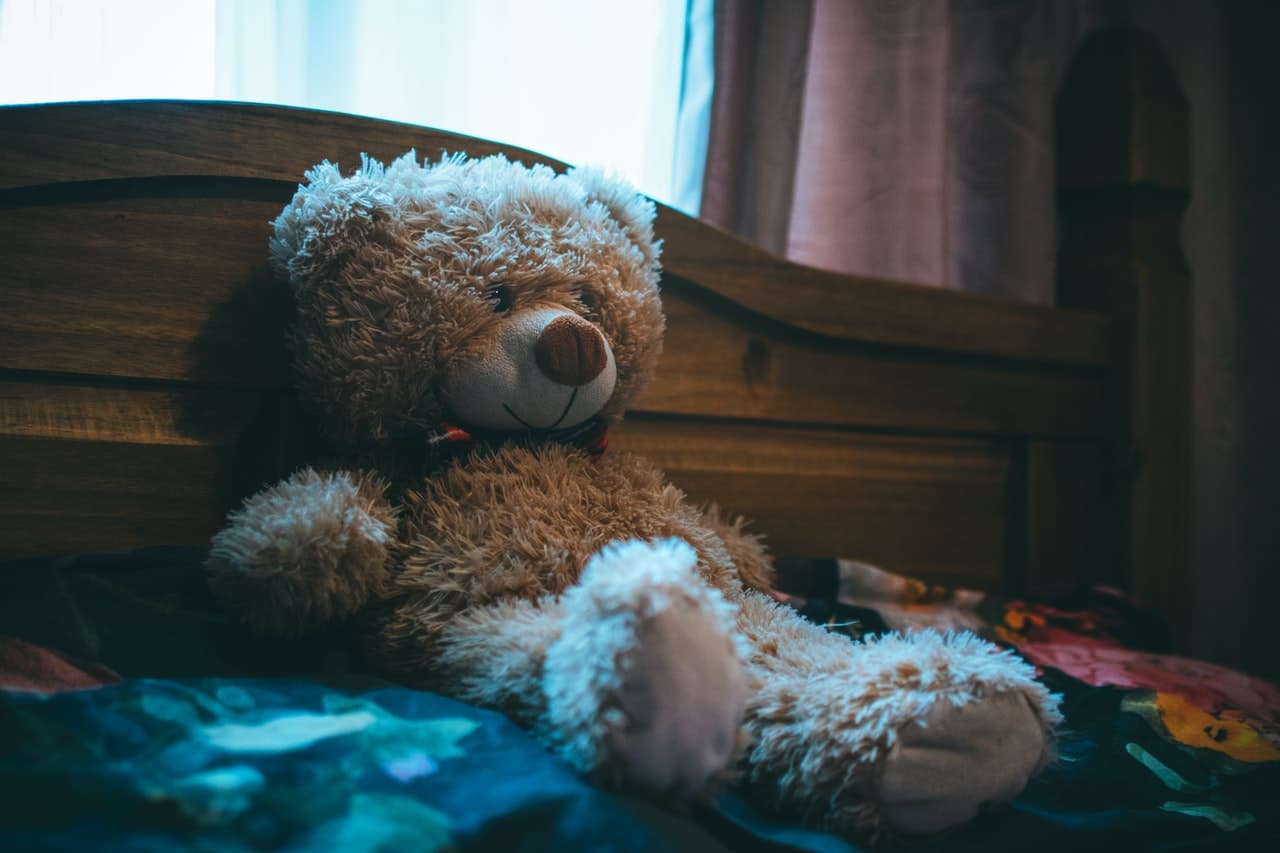Mincher Koeman Represents First Nation in Private Guardianship Dispute

First Nations children are dramatically overrepresented in child protection cases, with over 60% of children care in Alberta identifying as First Nation or Métis. Removing an Indigenous child from their home can sever contact with their birth family and disconnect them from their communities and culture. This is particularly the case where the child is placed with a family with no connection whatsoever to the child’s former life.
At Mincher Koeman, we have devoted a portion of our practice specifically to working with local Indigenous communities on matters concerning child protection, guardianship applications, and the Kinship Care Program. We recognize the harm that Canada’s practices respecting child protection have caused to Indigenous children and their communities. We work to preserve Nation autonomy and ensure children are not forced to detach from their culture, even when they can no longer safely remain in the care of their birth parents.
Partner Andrew Koeman has represented the Káínawa Blood Tribe (the “Blood Tribe”) as they sought standing in a case involving the guardianship of a child of the Tribe. Since he was just five days old, the child has been in the province’s care for over 11 years. The child was placed with a Caucasian caregiver with no connection to the Blood Tribe and has remained in her care for over a decade. The caregiver sought to make the arrangement permanent by applying to adopt the child. However, the Director of Child and Family Services rejected the application, citing the caregiver’s lack of effort to keep the child connected to the Blood Tribe or maintain the child’s connections to his culture.
Promoting Cultural Continuity for Indigenous Children in Foster Care
In early 2020, federal legislation was enacted entitled An Act respecting First Nation, Inuit and Métis children, youth and families. This Act created a positive obligation across the country to respect certain minimum standards for the provision of child and family services to First Nations children and families. As part of these obligations, there are certain standards intended to keep First Nations children connected to their culture when they are in the care of any person or entity outside of the child’s family. These standards include:
- Making sure a child has ample opportunity to learn and experience the language, culture, practices, customs, traditions, ceremonies, and knowledge of the group or Band to which they belong;
- Recognizing that ongoing connection of the child to their birth family, in addition to connecting the child to their community, is in the child’s best interests; and
- Ensuring that any services provided to the child and/or their family do not overtly or indirectly contribute to the assimilation of the child’s community or the destruction of the community’s culture in any way.
Director Rejects Adoption Request, Citing Guardian’s Failure to Engage Child with His Culture and Community
In the case at hand, the child in question came under the guardianship of the Director of Children’s Services and was placed with a Caucasian caregiver shortly after his birth. He has remained with the caregiver for more than 11 years. During that time, the caregiver has shown little initiative to keep the child connected to his community or any members of the Blood Tribe. When the caregiver sought to adopt the child, the Director rejected her application, citing the following conduct by the caregiver:
- Refusing to initiate contact between the child and his birth mother;
- Sharing details about court matters that were not appropriate to share with the child, requiring numerous interventions from the Director;
- Lack of action to connect the child with Elders of the Blood Tribe;
- Connecting the child with a Tribe to which he did not belong;
- Regularly conflating distinct First Nation cultures, demonstrating a lack of understanding of the diversity among First Nations; and
- Lacking sincerity in her commitment to working with the Director, the Blood Tribe, or the child’s parents to ensure an ongoing connection to the child’s culture.
As a result of the child’s lack of connection to his family and his community for the first eleven years of his life, he had begun to express severe anxiety about the prospect of meeting his birth mother or becoming involved with the Blood Tribe. This seemed to indicate the effect of outside influence from his caregiver.
After her adoption application was rejected, the caregiver pivoted to an application for Private Guardianship for the child. The Blood Tribe sought intervenor standing in the matter as it viewed the application as an attempt to circumnavigate the issues that led to the unsuccessful adoption application.
Blood Tribe Granted Standing in Child’s Guardianship Matter
In April of this year, Mincher Koeman successfully obtained intervenor status for the Blood Tribe. In the Court’s decision, it recognized the importance of the Blood Tribe’s participation:
“[T]he Indigenous community would have an important and meaningful role in providing information and recommendations to the Court about a child’s cultural heritage. I also believe that the case law is moving towards a more interactive participation for the Indigenous governing bodies than mere representations. This does not mean a shift in all cases towards party or intervenor status but instead will recognize a unique opportunity to assist and benefit the Court in appreciating the child’s Indigenous heritage.”
The Court awarded the Tribe the right to call witnesses, make written submissions, and raise issues concerning the child’s “Indigenous identity, culture, heritage, spirituality, language and traditions.”
Summary of Blood Tribe’s Position Respecting the Child’s Care
The Blood Tribe’s position concerning the Private Guardianship application can be summarized as follows:
- The child’s connection to his Tribe and community is essential to his best interests and development.
- It is not enough to hope that a Caucasian caregiver will foster such connections on the child’s behalf.
- An Order that seeks to protect the interests of an Indigenous child can only do so by protecting all elements critical to their development, including cultural and community connections.
- This can only be achieved by refusing an Order for Private Guardianship. This further requires an Order ensuring the Blood Tribe’s continued legal involvement in the child’s life. It must preserve the Blood Tribe’s right and opportunity to create the foundation of the child’s journey towards living the way of his culture by providing guidance, cultural continuity, and awareness of his family origins.
The outcome of this case remains to be seen, but at Mincher Koeman, we will continue to represent the interests of both Indigenous children and their communities. We work to safeguard cultural and community connections for all First Nation and Indigenous children in provincial care in Alberta.
Contact the Lawyers at Mincher Koeman for Assistance with Indigenous Guardianship Issues in Calgary
At Mincher Koeman, our family law lawyers have considerable knowledge of the inner workings of Alberta Children’s Services. We provide insightful and accurate advice regarding guardianship orders, particularly regarding Indigenous children. We are committed to protecting the needs of Indigenous children who have been removed from an unsafe home environment while ensuring they don’t lose connection to their culture and identity in the process. Please contact our office to make an appointment to discuss your matter with one of our lawyers today by calling us at 403-910-3000 or by contacting us online.
A team above all. Above all a team.
Calgary Office
707 7 Ave SW #1300,
Calgary, AB T2P 3H6
Canmore Office
621 10 St #101
Canmore, AB T1W 2A2
Subscribe to our blog!
© Mincher Koeman LLP 2025. All rights reserved.
Website designed and managed by Umbrella Legal Marketing

